Remote sensing 30 years of development and vegetation change
Over the past few decades new cities have appeared around the world in undeveloped areas. And although development has expanded significantly and become bolder and more innovative, the above-average scale at which the countries of the Persian Gulf are growing stands one level above the rest. The United Arab Emirates obtained independence in 1971 with a GDP of 6.5 billion Dirhams (US$ 1.6 billion); this figure increased to 379 billion Dirhams (US$ 103 billion) in 2004. During this timeframe, the country had undergone tremendous development through petroleum exports and foreign investments. Needless to say, development has permanently changed the country’s landscape. The purpose of this paper is to investigate land cover changes in the capital Abu Dhabi and surrounding regions from 1972 to 2000 using Landsat images. Two primary (land and vegetation) and two secondary (shallow and deep water) features were selected as measures of development. Remote sensing and GIS were used to perform the classification and post-classification of images and visualize the results. Change results for vegetation and land have shown an increase of 3,700% and 17%, respectively, between 1972 and 2000. The creation of new land from the by-products of dredging activities has negative effects on seafloor habitat while the intensified artificial expansion of vegetation impacts groundwater resources, both being direct consequences of rapid development. The application of sustainable methods in development activities is crucial, particularly in this part of the world with very few natural resources other than petroleum and natural gas.
Funding: This project was supported by the European Commission, Erasmus Mundus Program, Framework Partnership Agreement 2007-0064/001 FRAME MUNB123.
Duration: November 2008 – May 2009
Output: Published as a peer-reviewed book chapter in Advances in Earth Observation of Global Change.
